Wijdenes Spanish pumping station, Little Lock
The Wijdenes Spaans pumping station on the Van Ewijcksvaart is a national monument but also still the main pumping station within the Anna Paulownapolder. Since 1874 it has been pumping both parts of this polder, the Westpolder and the Oostpolder.
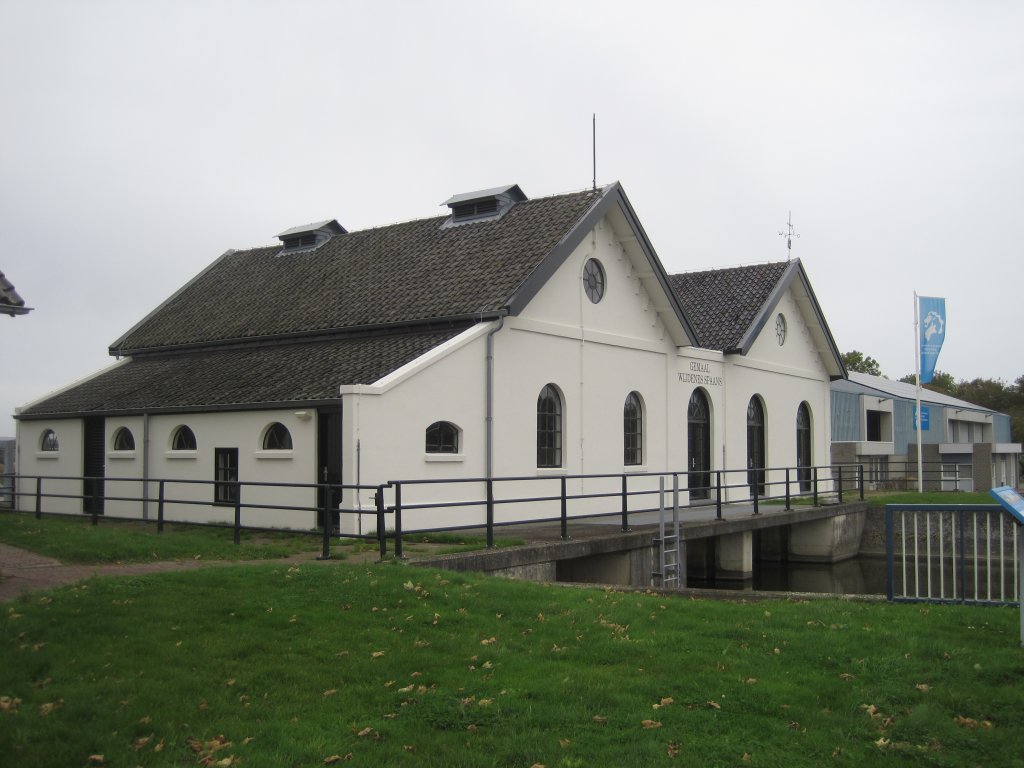
The Anna Paulownapolder reclaimed in 1845-1846 consists of two parts, the Oostpolder and the Westpolder. They are separated by the Oude Veer, a former sea creek that since the 16th century was also the main drainage from the Zijpe to the sea. After embankment, the southern part - the Hoge Oude Veer - served as the boezem of the Zijpe and the northern part - the Lage Oude Veer - as the boezem for the Oostpolder. Parallel to the Lage Oude Veer, the Ewijcksvaart was dug, as a waterway and as an outlet for the Zijpe water.
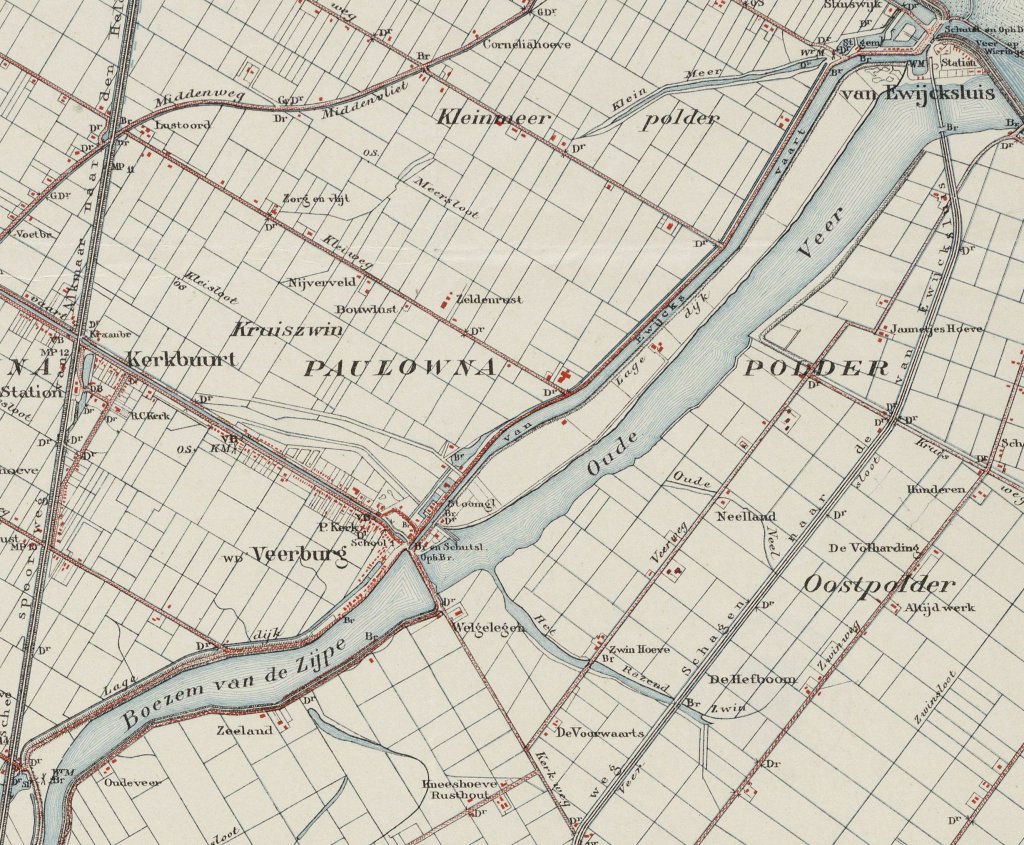
In the first decades the Anna Paulownapolder was drained by a steam pumping station at the Van Ewijcksluis and six windmills, but nevertheless the drainage often caused difficulties. With heavy rainfall and little wind, the mills and pumping station could not cope and the Westpolder in particular suffered from flooding. In October 1872, yet another 'rain flood' prompted the decision to build a second steam-powered pumping station in the Westpolder. This new pumping station was called Gemaal II, to distinguish it from the pumping station at the Van Ewijcksluis, called Gemaal I from then on. Via a culvert under the Van Ewijcksvaart, pumping station II could also drain the Oostpolder.

Pumping Station II was built by local contractor Pieter Wilms (1827-1899) who applied an eclectic but simple and functional style. It was constructed of brick. At the front the building has one story, at the rear, in the much lower West Polder, two. The two 70-horsepower steam engines were supplied by the Amsterdam machine factory De Atlas. The pumping station was put into operation in September 1874. The new pumping station had three steam boilers - one of which was spare - and two jacks, and could put out 98 cubic meters of water per minute. There were some start-up problems, but as early as 1881 it was possible to decide to scrap one of the windmills.
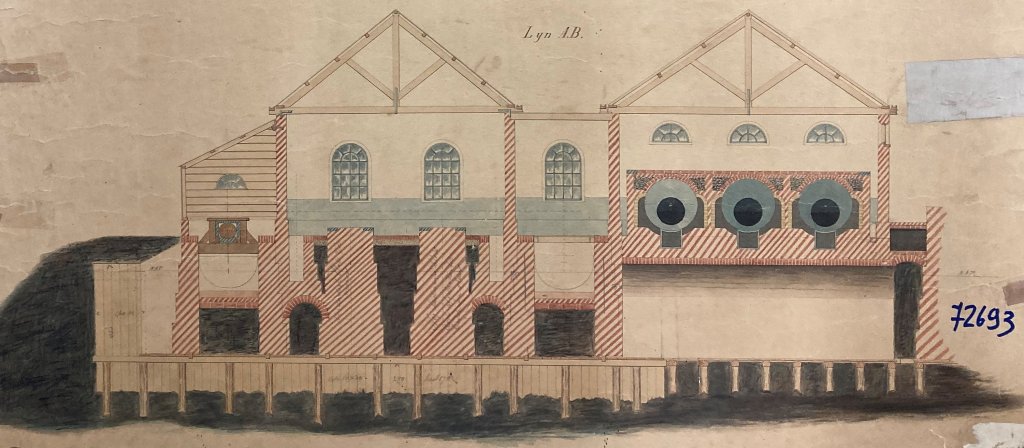
Around 1900, the board considered general renewal of the steam engines, but eventually switched to the new technology of the suction gas engine. Indeed, in 1911 it was foreseen that the steam boilers of pumping station II would be rejected. Moreover, coal consumption was high and the augers were obsolete. The steam engines were therefore replaced in 1911-1912 by two suction gas engines, supplied by the English engineering works Crossley Motors in Manchester, with a power of 120 hp, coupled to a centrifugal pump capable of pumping out 110 cubic meters of water.
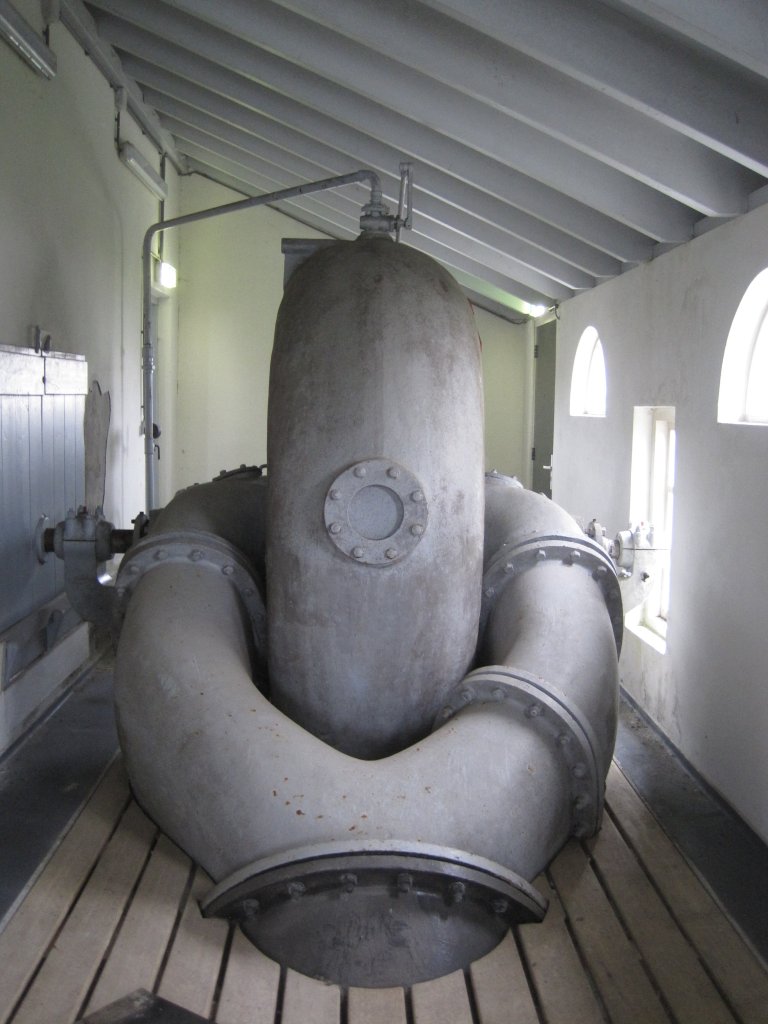
In late 1927, the pumping station was expanded with a 160-hp electric motor that drove a screw pump. The pump came from the Utrecht machine factory Hoogenlande formerly Pannevis, which made many pumping stations. The motor came from the electrical company Smit in Slikkerveer. Then, in 1933, the suction gas engines were replaced by an electric motor of 100 hp, also supplied by Smit. This electric motor was coupled to the existing centrifugal pump. Henceforth the polder drainage was entirely electric.
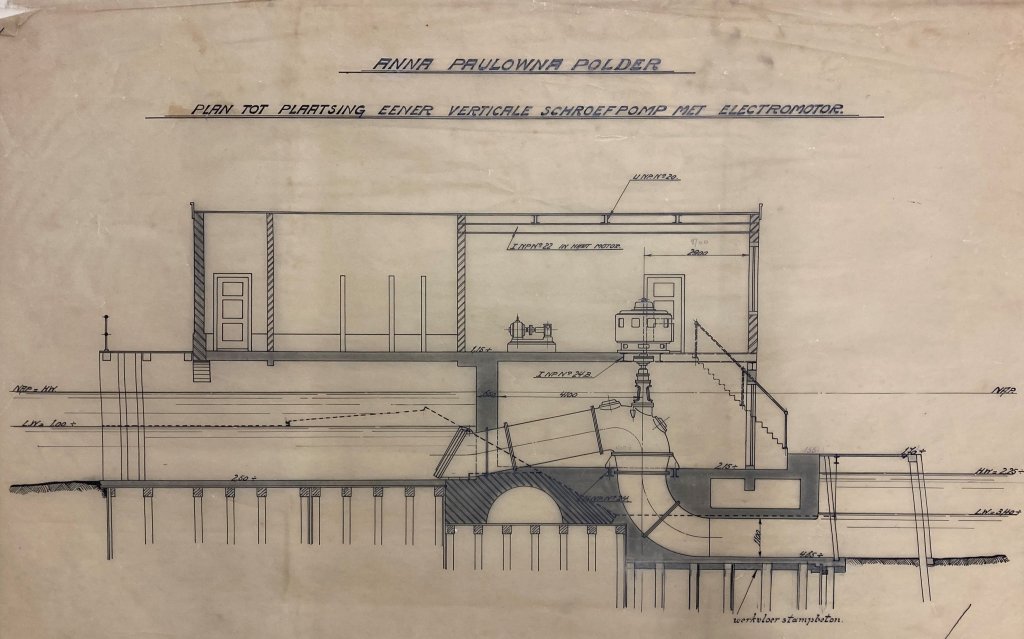
On September 22, 1942, the board of the Anna Paulowna polder decided to rename the pumping stations after deserving individuals from the history of the polder. Pumping Station II was named after Cornelis Wijdenes Spaans (1869-1943) because, as dike grave, he had played a leading role in the electrification of pumping stations. Wijdenes Spaans had been mayor of the municipality of Anna Paulowna since 1907 and stood out for his leadership during the 1916 flood disaster, when most of the polder was under water. He also became dike grave of the polder in 1916 and stayed on until 1939.
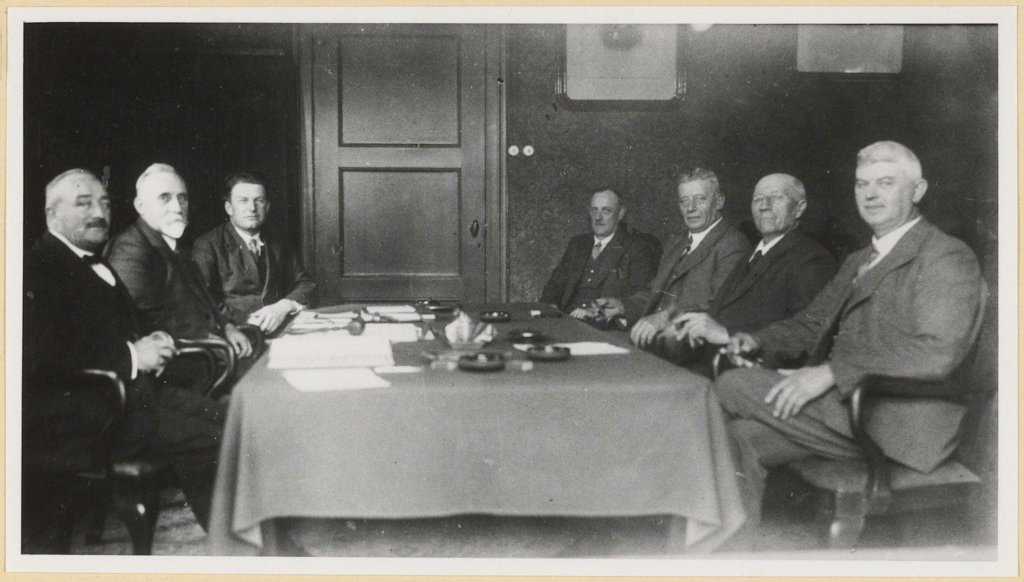
For many years the pumping stations of the Anna Paulownapolder were adequate, but between 1988 and 1994 the water management was significantly improved by the installation of two new pumping stations. Pumping station Wijdenes Spaans had become a provincial monument in 1984 and also became a national monument in 1999. Meanwhile, the Anna Paulowna polder belonged to the Hollands Kroon Water Board, which considered building a modern pumping station on this site and in 2000 attempted to remove the pumping station from the national monument list again. However, the municipality of Anna Paulowna stopped it.
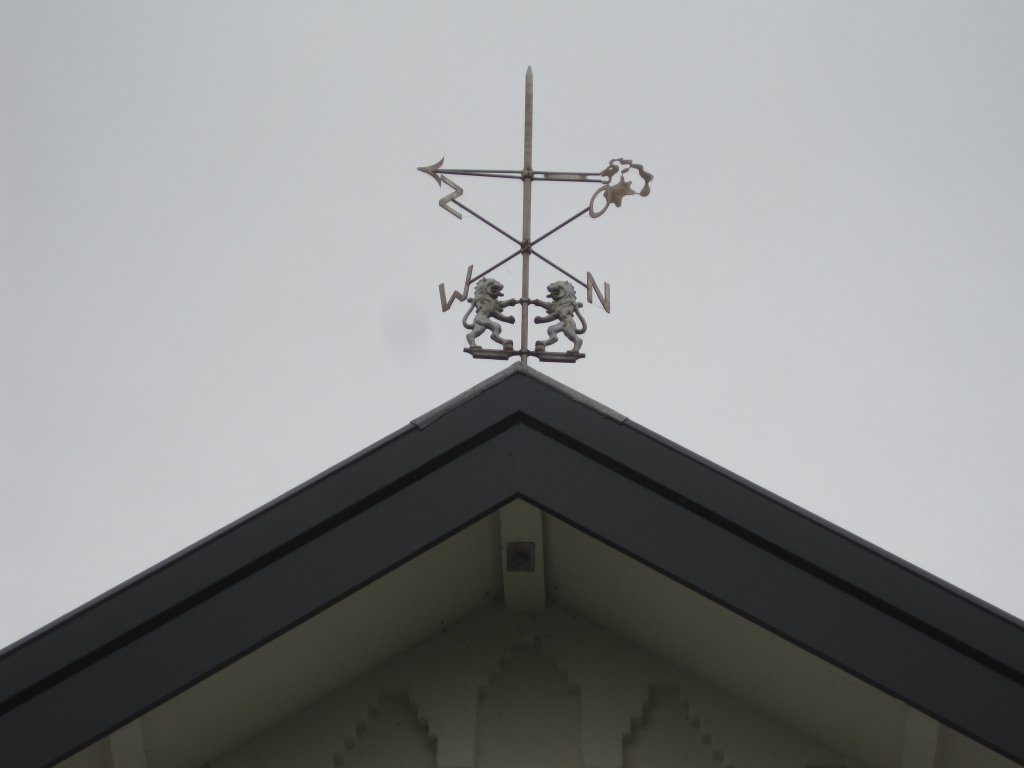
Waterboard Hollands Kroon merged in 2003 into the present Hoogheemraadschap Hollands Noorderkwartier. That had the pumping station completely rebuilt and renovated internally between 2009 and 2011 with respect for the monumental character. Externally, the building is largely in its original state, although the front and side facades are now plastered white. The windows still contain the original cast iron rebates and decorations. Wijdenes Spaans pumping station still plays an important role in pumping the West and East Polder: the two screw pumps installed in 2011 can pump out 340 cubic meters per minute.
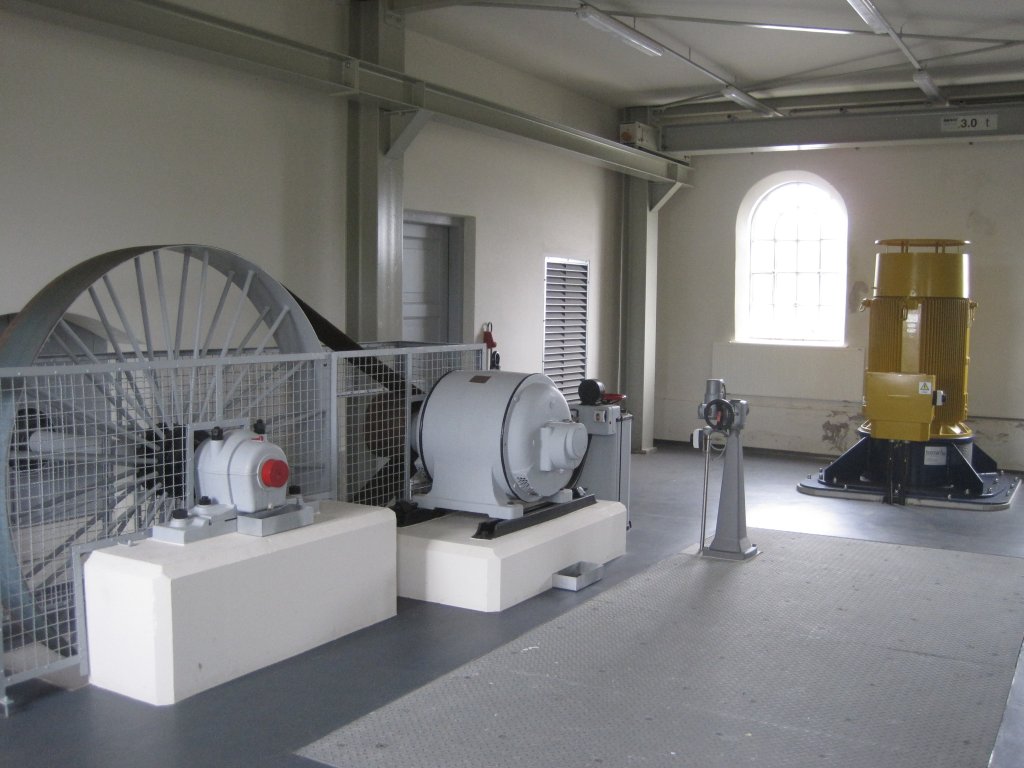
Additional
- Area manager Peter Ottervanger talks about the completely renovated Wijdenes Spaans pumping station in this video (2.49 minutes).
- Among other things, pumping station Wijdenes Spaans is located on the bicycle route Den Helder - Julianadorp - Anna Paulowna - Van Ewijcksluis - Den Helder (Fietsknoop).
- Those hiking the Oude Veerroute must take a slight detour for the pumping station (Wandelnetwerk Noord-Holland).